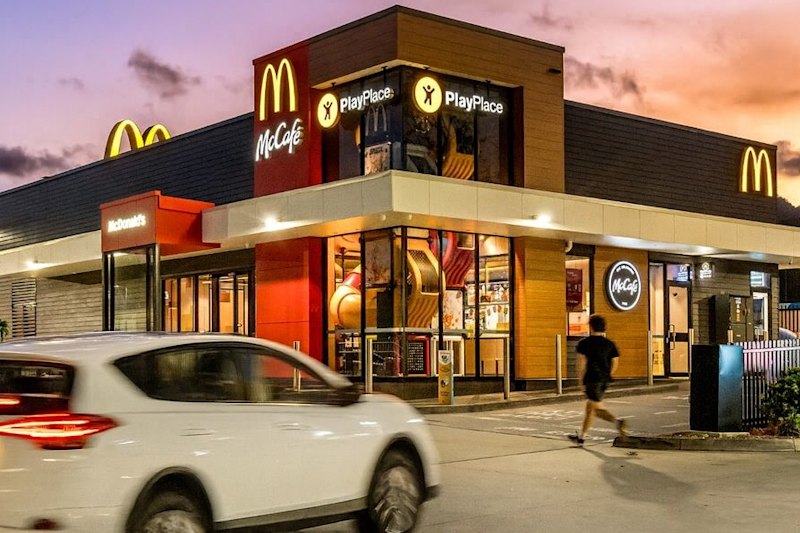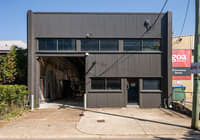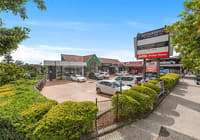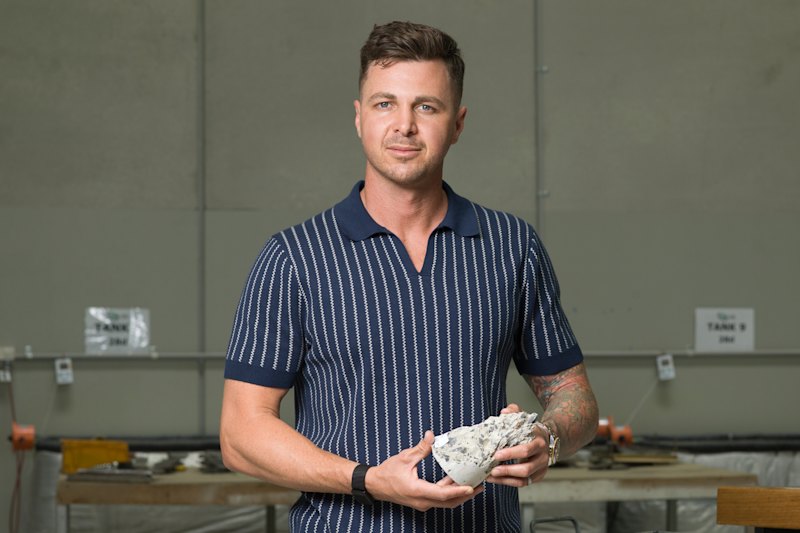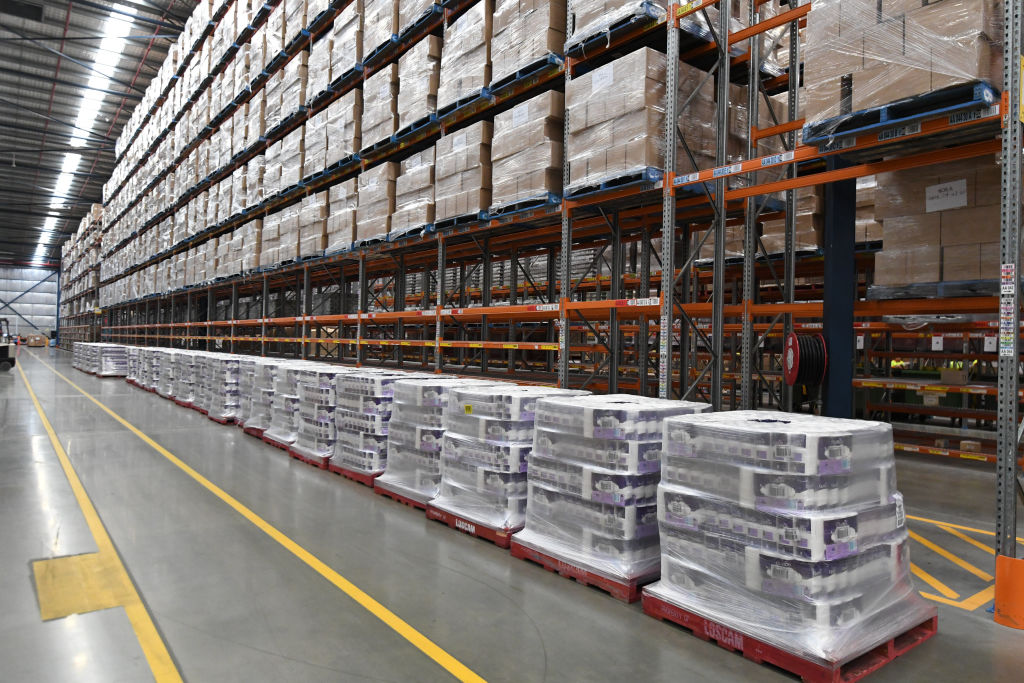
Increased demand for consumer goods drives positive outlook for industrial property in Sydney
The forecast for Sydney’s industrial leasing sector is bright post-coronavirus crisis, due to its previously strong market conditions as well as increased demand for consumer goods during the crisis.
JLL head of industrial western Sydney Peter Blade said market sentiment at the start of this year had been strong but had waned as economic uncertainty increased during the pandemic.
“Uncertainty around the short to long-term economic outlook has equated to the sharp drop-off in inquiries since the start of March as businesses delayed decision-making,” Mr Blade said.
“The current outlook for leasing activity appears restrained for new and expanding industrial tenants, especially within an environment where vacancies have been low following three years of strong demand.”
However, Mr Blade said no significant movement in vacancy had yet been identified.
In fact, positive signs were appearing in the short-term six to 12-month lease bracket within e-commerce, food and pharmaceutical sectors which were keen to utilise overflow space to accommodate their increased levels of demand, he said.
“The future outlook for the NSW industrial market remains positive,” he said.
“Australia has proven to have a certain susceptibility to providing an inconsistent supply chain, as seen over previous months.
“We anticipate the increase of manufacturing and storage of pharmaceutical goods to be a new trend within the industrial tenant demand.”
Cushman & Wakefield’a head of research for Australia and New Zealand John Sears said any reduction in overall tenant inquiry was likely only to be short lived.
“Social-distancing measures associated with the COVID-19 pandemic initially resulted in a sharp drop in tenant inquiry, but a number of factors suggest tenant demand for Sydney industrial property can return relatively quickly,” Mr Sears said.
“Inquiry levels are rising, particularly from e-commerce-related industries, which have benefited strongly from the ‘work-from-home’ environment.”
Mr Sears said forecasts of an economic rebound later in 2020 and into 2021 would also benefit the industrial sector.
This included the potential for a rapid expansion in logistics and the streamlining of supply chains to take advantage of technological innovations, he said.
Mr Blade said NSW had held a consistent level of industrial supply in each precinct over the past five years, which averaged 539,000 square metres annually across Sydney.
Over the next four years, supply was forecast to be strongest in the west, at 502,000 square metres, followed by the north-west, south-west and central west, he said.
Take-up figures over the past five years showed leasing activity was most prominent in the outer west, followed by the south-west, central west and north-west, Mr Blade said.
“Over the coming years, with constant supply entering the market, coupled with expected increased vacancy rates and reduced rental growth, JLL anticipates a slow correction of market rents,” he said.
Ray White Commercial head of research Vanessa Rader said the industrial sector generally was well placed to ride out the economic impact of the coronavirus pandemic.
This was partly due to it being the best performing commercial asset class over recent years, with falling vacancies and investment yields hitting all-time lows, she said.
“The huge increase in demand has stemmed from logistics and distribution services growing, resulting in an increased appetite by investors to capitalise on this market, which has seen both capital and income returns grow,” Ms Rader said.
The industrial sector was also set to benefit from the uptick in demand for consumer goods, she said.
Technological advances in both new and existing industrial stock were improving supply chain management, which would ultimately deliver speedier products to consumers, Ms Rader said.
“As COVID-19 has changed the way that consumers interact with goods, this dramatically impacts industrial assets from manufacturing, warehousing, distribution and logistics solutions,” she said.
“Overall, the outlook for the industrial market is bright, this asset class being the most robust to overcome the issues imposed by COVID-19.
“Demand levels will differ depending on the service offering, however, there remains high requirements and opportunities surrounding this asset class.”
Mr Sears said industrial transactions volumes fell in the first quarter, in line with all commercial real estate assets.
However, the decline in industrial was less significant than other sectors, he said.
“The proportionally smaller decline may have been aided by e-commerce becoming relatively more important during the COVID-19 pandemic,” Mr Sears said.
“A limiting factor to industrial transaction volumes continues to be a lack of vendors, as many investors are keen to increase, rather than reduce, exposure to the sector.”
CBRE chief operating officer Pacific property management Peter Galante said owners and tenants would have been wise to use the downtime to develop appropriate coronavirus response plans for the future, including the development of written plans to mitigate risk and reduce anxiety.
“Every facility has deferred projects and tasks that were waiting for a weekend when the building sits empty,” Mr Galante said.

